If you’re looking for some low-maintenance plants to spruce up your home, look no further! These five indoor plants don’t need sunlight to thrive.
Not all plants need sunlight to thrive! There are plenty of beautiful indoor plants that are perfect for shady areas of your home. Here are five of our favorites.
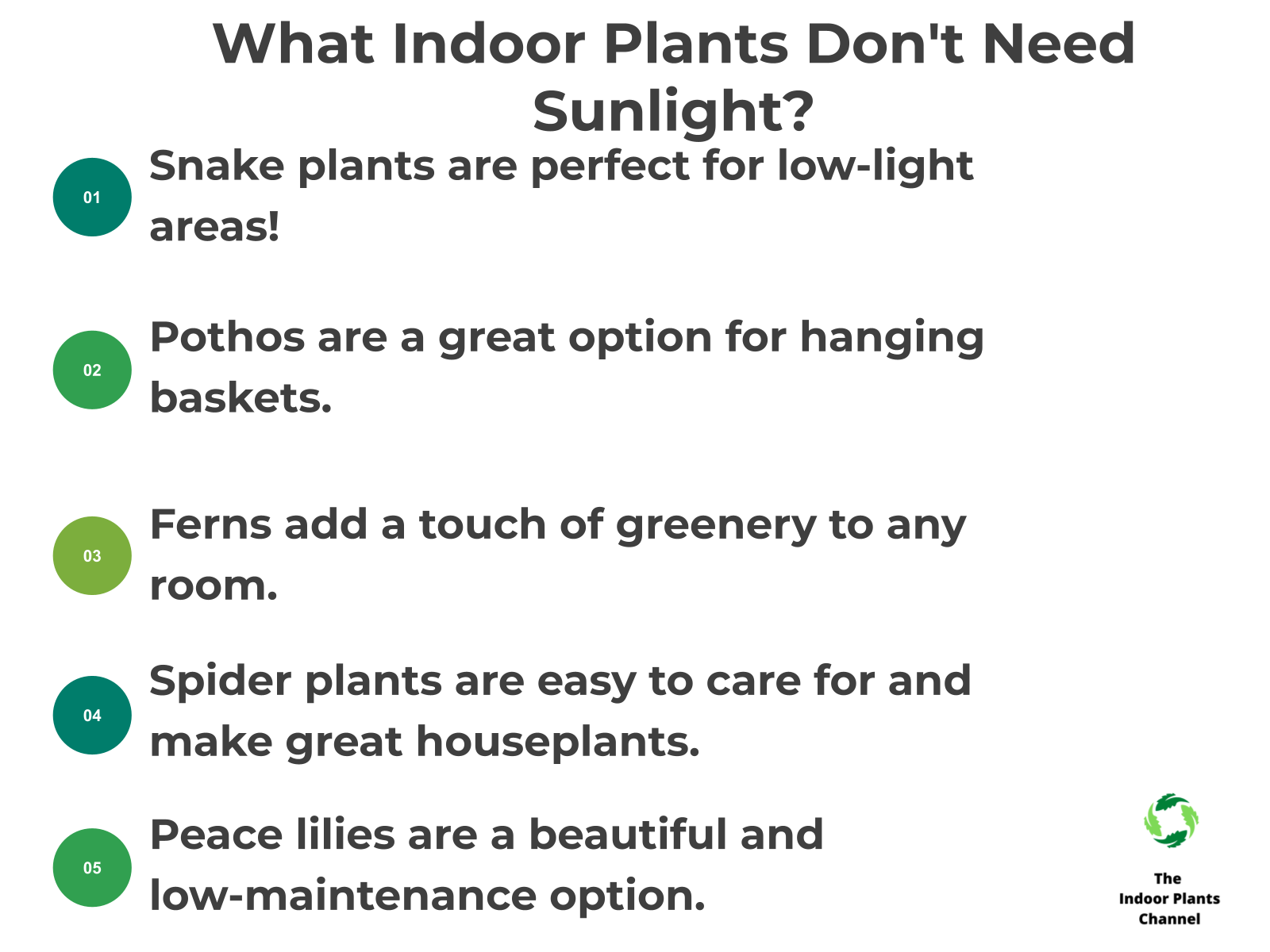
Why Indoor Plants Don’t Need Sunlight
Indoor plants don’t need sunlight because they get all the light they need from artificial light sources. These sources include fluorescent bulbs, incandescent bulbs, and LED lights.
Indoor plants also don’t need sunlight because they don’t undergo the process of photosynthesis. This process uses sunlight to convert carbon dioxide into food for the plant. Since indoor plants don’t need to photosynthesize, they don’t need sunlight.
There are some benefits to giving your indoor plants artificial light instead of sunlight. Artificial light doesn’t contain ultraviolet (UV) rays, which can be harmful to plants. Artificial light also doesn’t produce as much heat as sunlight, so your plants won’t get as hot and dry under artificial light.
So there you have it! Indoor plants don’t need sunlight because they can get all the light they need from artificial light sources, and they don’t need to undergo the process of photosynthesis. There are some benefits to giving your indoor plants artificial light instead of sunlight, so don’t be afraid to try it out!
5 Perfect Picks For Indoor Plants
Not all plants need direct sunlight to grow—in fact, some plants prefer lower light conditions. If you’re looking for some good options for indoor plants that don’t need sunlight, here are five perfect picks:
1) Snake Plant
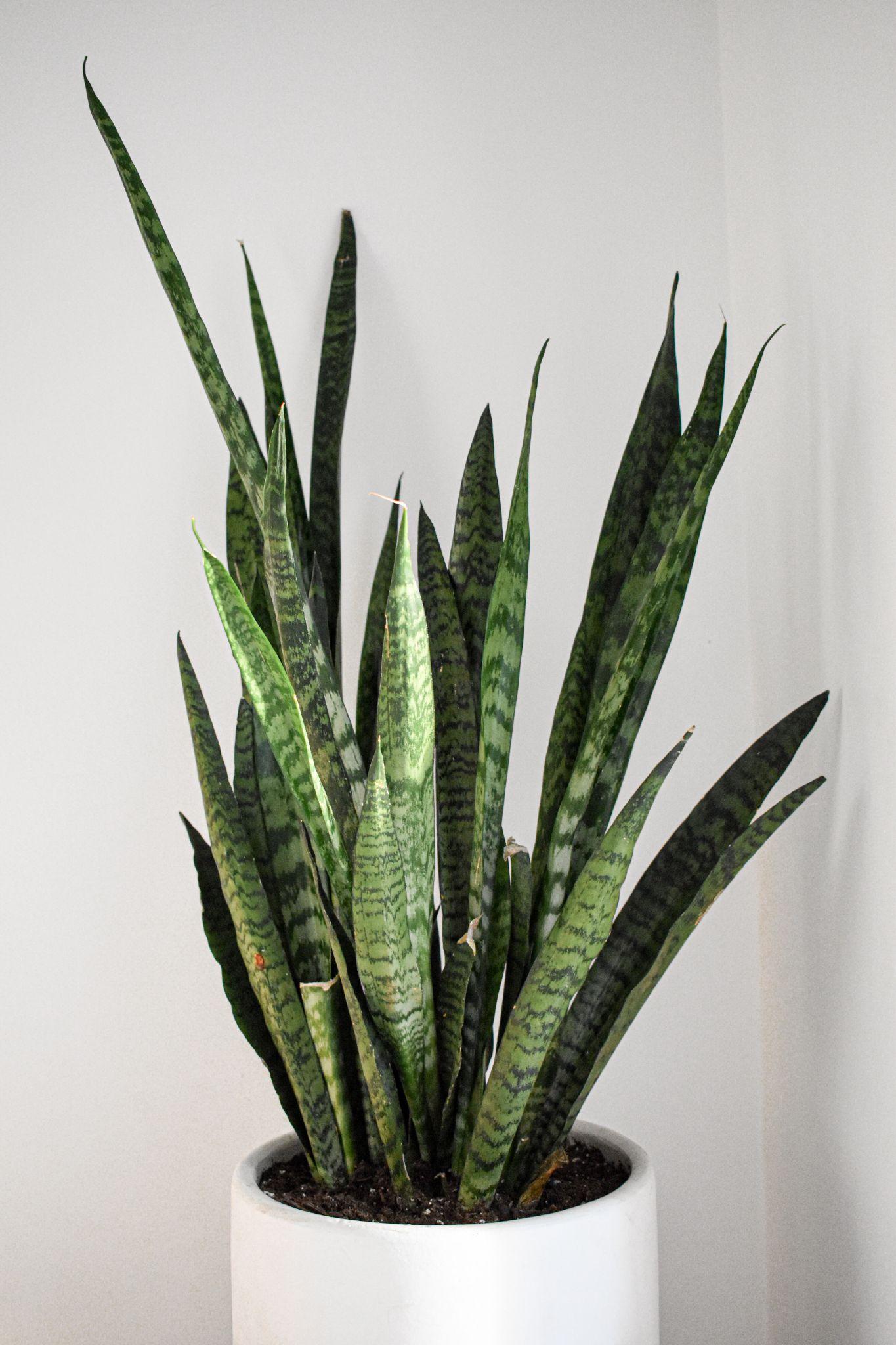
Having a Snake plant in your home should be at the top of your list! They are great for beginners because they adapt well to any lighting situation and don’t require frequent watering (usually about every 2-3 weeks.) Snake plants filter air better than any other indoor houseplant.

2) ZZ Plant
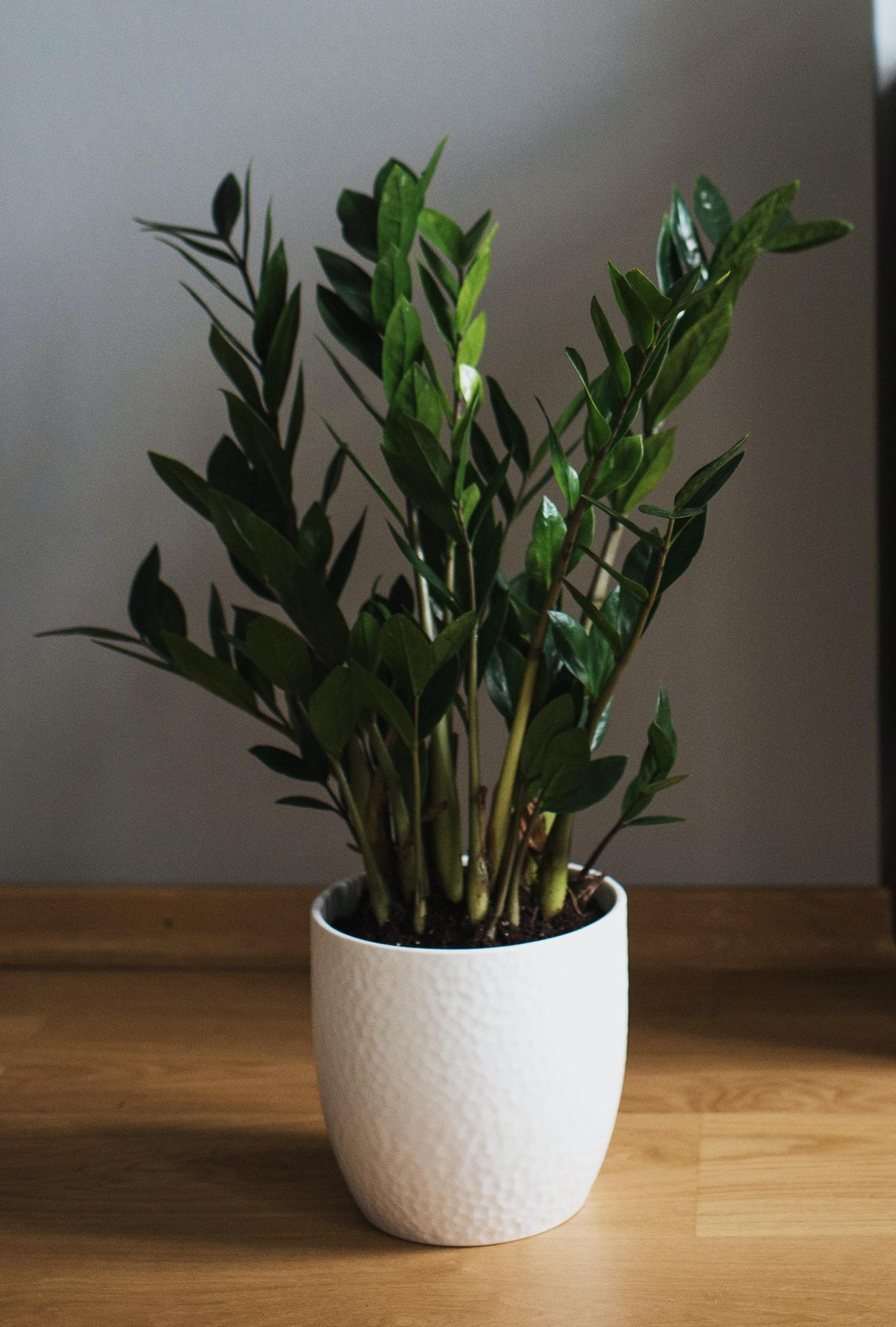
The ZZ plant is the quiet hero of nearly any Instagram-worthy houseplant collection. The tropical plant, Zamioculcas zamiifolia, has wide, attractive, and dark green leaves that are absolutely stunning in home and office spaces! In addition to brightening up your home or office décor, the ZZ plant filters out copious amounts of toxins from the air, meaning a free 5-star air filtration system with almost no maintenance.

3) Pothos
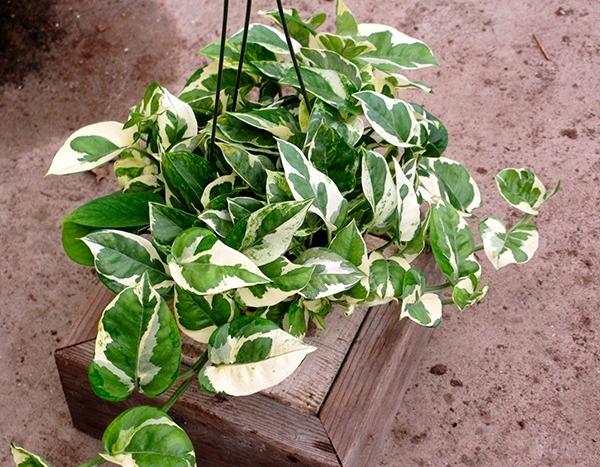
Pothos, also known as Devil’s Ivy, grows wild outdoors and can reach heights 50’ growing up tall trees. The Pothos plant’s immense beauty comes from its many varieties, colors and foliages; you won’t even believe they’re the same plant. The classic one, Golden Pothos, leaves are bright green with golden coloring. Although the Pothos plant comes in a wide variety of gorgeous hues, a distinct trait of the Devil’s ivy is its leaves, resembling a heart shape. Pothos is a great option for an indoor plant because it is best grown and displayed hanging, which means less room space being taken up.

4) Philodendron
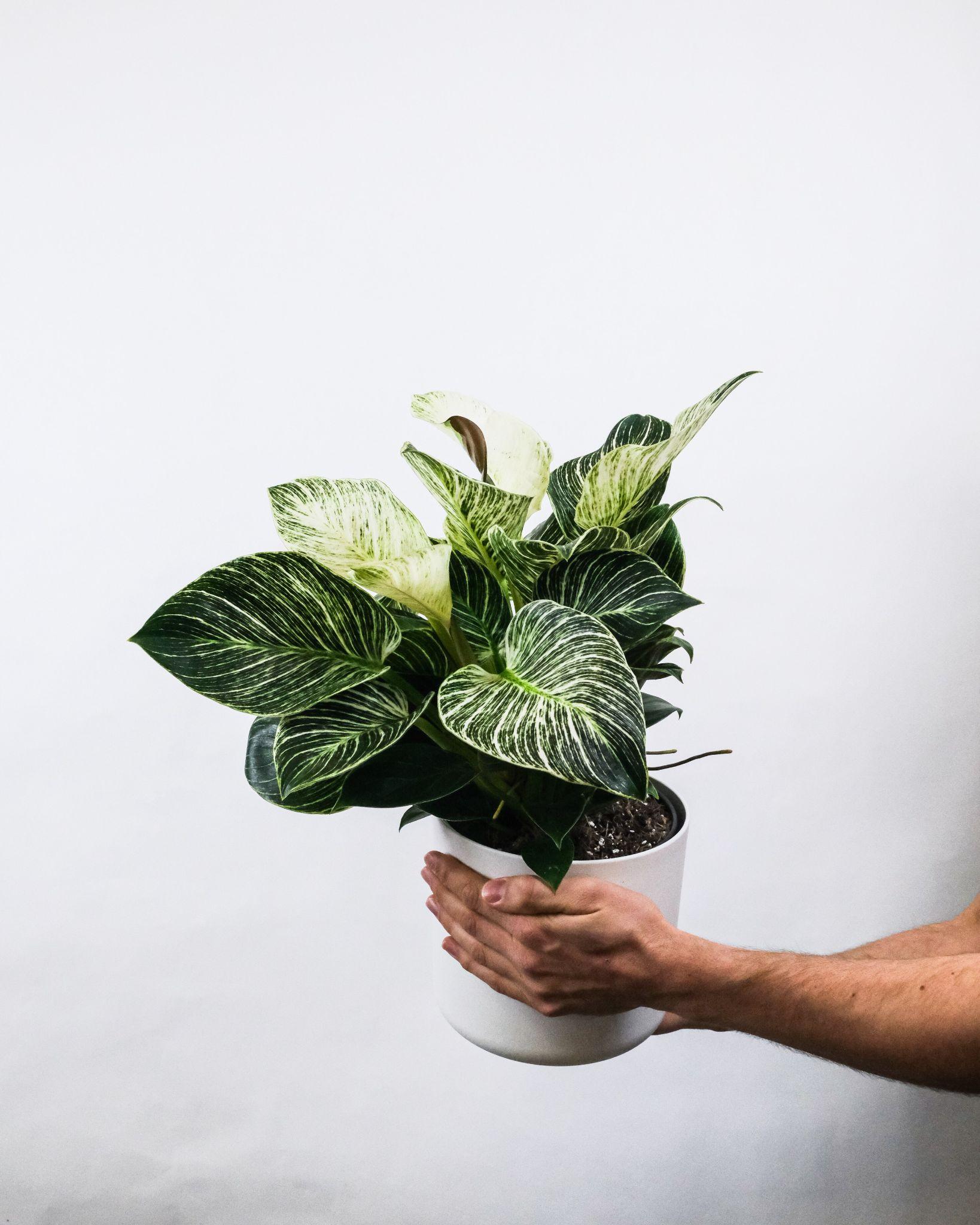
Native to tropical America, the Philodendron plant has upwards of 450 species. Many species begin life as vines and then transform into plants that live upon other plants. Because many young philodendrons are adapted to the low light levels of rainforests, they are popular potted plants for homes and offices.

5) Peace Lily
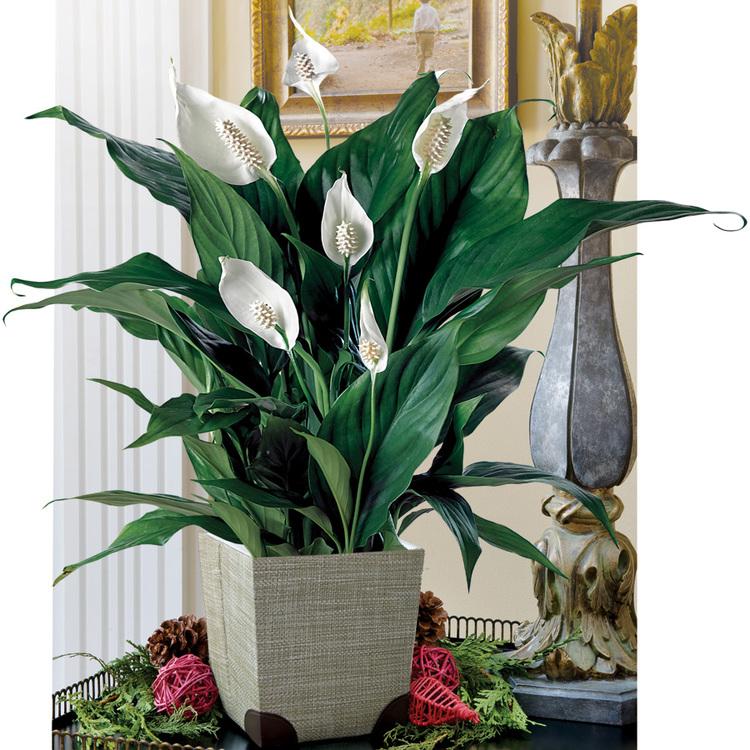
Similar to the Philodendron mentioned above, the Peace Lily plant is a tropical flowering plant with dark, glossy leaves, and a white bloom. In studies. Peace Lilies have proven to be efficient in increasing humidity which relieves irritated throats and noses. Because the Peace lily is a tropical plant, it needs to be watered more often than others on this list, nevertheless, the benefits of growing a Peace Lily in your home greatly outweigh the costs.

Each of these plants is relatively easy to care for and can tolerate low light conditions. Snake plants and ZZ plants are both succulents, so they don’t need a lot of water. Pothos are a type of ivy and are known for being very hardy. Philodendrons and peace lilies are both flowering plants that will do well in indirect light.
So if you’re looking for some good options for plants to spruce up your indoor space, consider one of these five options. They’re all relatively easy to care for and don’t need a lot of sunlight to prosper.
How To Care For Indoor Plants
Indoor plants are a great way to add some life to your home without having to worry about taking care of them too much. Here are a few tips on how to care for indoor plants so they can develop indoors:
1. Make sure they have enough light. Indoor plants need at least six hours of sunlight a day, so make sure to place them near a window or another source of natural light. If you can’t give them enough light, you may need to supplement with grow lights.
2. Water them regularly. Indoor plants need to be watered about once a week, or when the soil feels dry to the touch. Make sure to not over or under water them, as both can lead to plant problems.
3. Fertilize them every month. Indoor plants need to be fertilized about once a month with a balanced fertilizer to help them grow. You can find special indoor plant fertilizers at your local nursery or garden center.
4. Prune them as needed. Indoor plants may need to be pruned from time to time to keep them from getting too big or out of control. Simply use sharp pruning shears to cut off any unwanted growth.
5. Check for pests. Indoor plants can sometimes be susceptible to pests like spider mites , so it’s important to check them regularly for any signs of pests. If you see any, you can treat them with an insecticidal soap or another type of pesticide.
By following these simple tips, you can keep your indoor plants healthy and thriving.
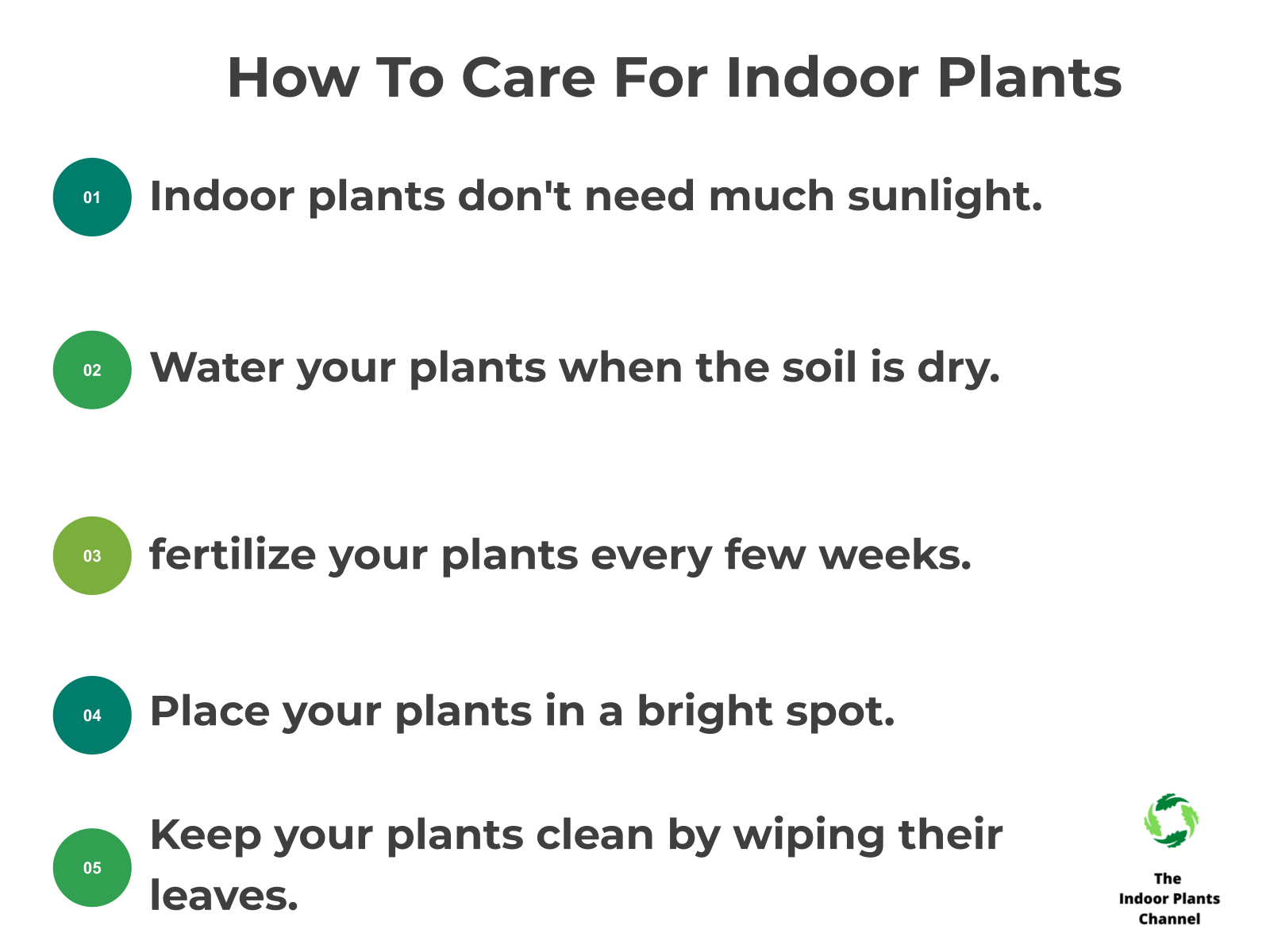
The Benefits Of Indoor Plants
Indoor plants are not only aesthetically pleasing, but they offer a plethora of benefits for both your home and your health. Here are five reasons why you should consider adding some plants to your indoor space:
1. Indoor plants improve air quality
One of the most well-known benefits of indoor plants is that they can help to purify the air. Studies have shown that plants can remove a variety of harmful toxins and chemicals from the air, including formaldehyde, benzene, and trichloroethylene. Not only do they remove these toxins, but plants also release oxygen back into the air, which can help to improve your overall health and well-being.
2. Indoor plants can boost your mood and mental health
In addition to improving your physical health, indoor plants can also have a positive impact on your mental health. Studies have shown that plants can help to reduce stress levels and improve moods. They can also increase feelings of happiness, calmness, and general well-being. If you’re looking for a natural way to boost your mood, adding some plants to your indoor space is a great option.
3. Indoor plants can help your focus and concentration
If you’re looking for a way to improve your focus and concentration, indoor plants can help. Studies have shown that being around plants can help to increase task performance and focus. So, if you’re looking for a way to boost your productivity, adding some plants to your work space is a great option.
4. Indoor plants can reduce noise levels
If you live in a busy city or have a noisy household, indoor plants can help to reduce the noise levels in your home. Plants can act as a natural sound absorber, helping to create a more peaceful and calming environment.
5. Indoor plants can improve your home’s décor
In addition to all of the health benefits, indoor plants can also help to improve your home’s décor. Plants can add color, texture, and interest to any space. They can also help to create a more inviting and welcoming environment. Whether you’re looking to boost your health or improve your home’s décor, indoor plants are a great option.

Tips For Choosing The Right Indoor Plant
If you’re looking for an indoor plant that doesn’t need sunlight, there are a few things to consider. Here are five tips to help you choose the right plant for your home:
1. Consider the size of your space.
If you have a small space, like a bathroom or office, you’ll want to choose a plant that doesn’t require a lot of room. Some good options include ferns, spider plants, and peace lilies.
2. Think about the amount of sunlight in your space.
If you have a room that doesn’t get a lot of sunlight, you’ll want to choose a plant that can tolerate low-light conditions. Some good options include snake plants, philodendrons, and pothos plants.
3. Consider your watering schedule.
Some plants need to be watered more often than others. If you’re someone who tends to forget to water your plants, you’ll want to choose a plant that doesn’t need to be watered too often. Some good options include succulents, cacti, and snake plants.
4. Think about the temperature of your space.
Some plants prefer warmer temperatures, while others can tolerate cooler temperatures. If you have a room that is particularly warm or cool, you’ll want to choose a plant that can tolerate those conditions. Some good options include snake plants, cacti, and ferns.
5. Consider your pet situation.
If you have pets, you’ll want to choose a plant that is non-toxic to animals. Some good options include spider plants, peace lilies, and pothos plants.
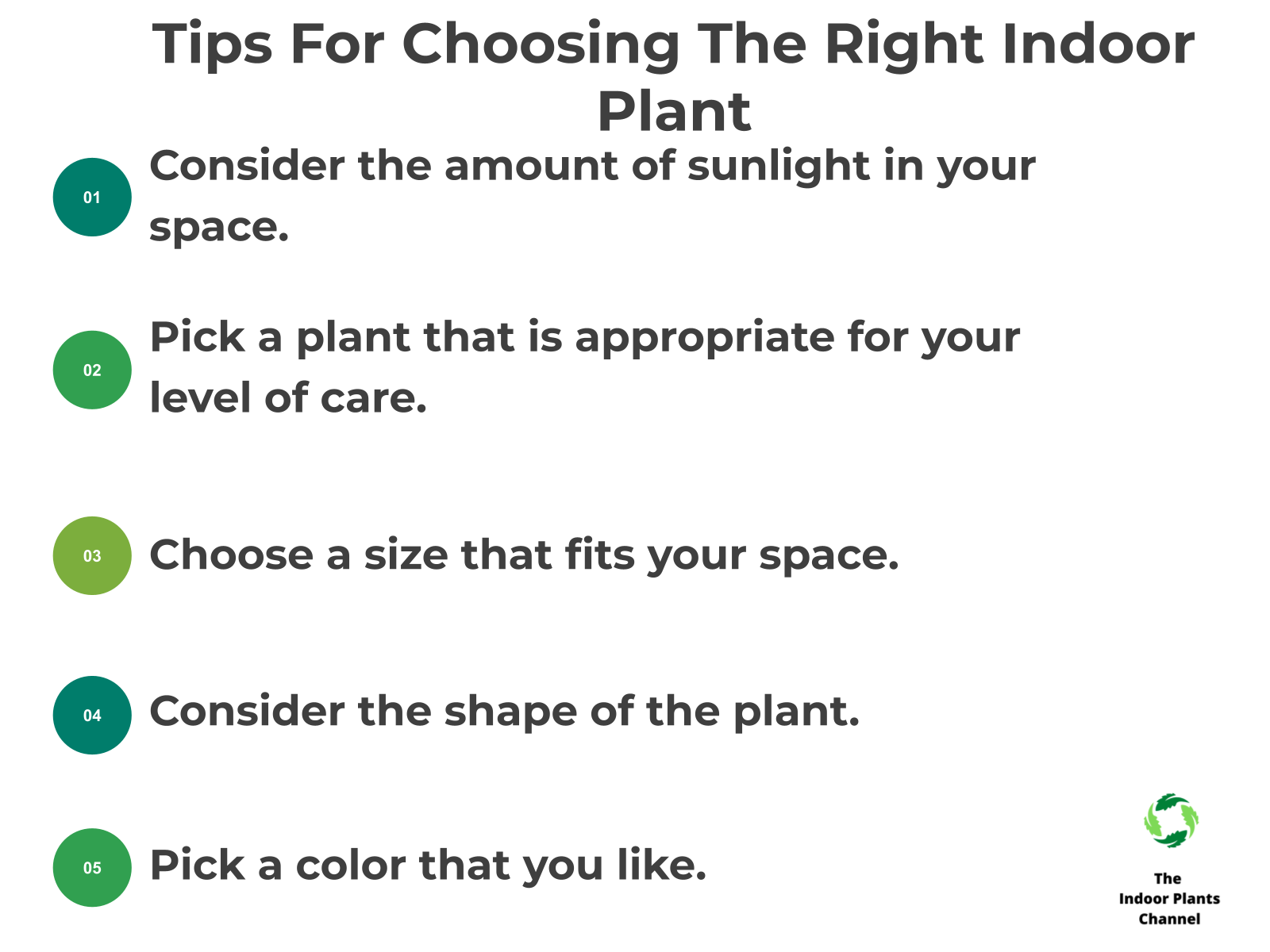
Indoor plants don’t need sunlight to grow. Plants grown under artificial light were just as healthy as those grown in natural light – University of Exeter
Hope you enjoyed our top 5 favorites. What are your favorites? Do share in the comments below.
Michelle Wilde
Related posts
12 Comments
Leave a Reply Cancel reply
![]()
About Michelle Wilde
Michelle Wilde is a stay-at-home mom and avid plant lover. Armed with a post-graduate degree in Computer Science (no kidding!), she loves researching plants and landscapes. When she is not caring for her 4 kids, she spends time on her passion for plants. She blogs at www.indoorplantschannel.com, the trusted source for indoor plants.
Learn more
Subscribe
* You will receive the latest posts and updates about indoor plants!
Search
Recent Posts
Categories
- Beginner Guides (10)
- FAQ (206)
- General (2)
- How-To Guides (212)
- Indoor Plants (214)
- Pest Management (2)
- Plant Problem Solutions (4)
- Seasonal Growing (2)
- Specialized Environments (2)
- Specific Plant Care (3)
- Technical Growing (2)
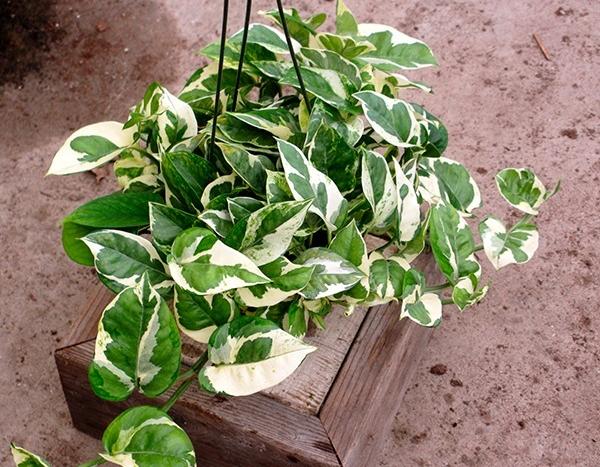
These are great picks for people who don’t have a lot of sunlight in their homes!
Wow, I had no idea there were plants that didn’t need sunlight. I’m definitely going to check these out.
While it’s true that some plants don’t need much sunlight, that doesn’t mean they’re easy to care for. These plants still require regular watering and care in order to stay healthy.
I had no idea there were plants that didn’t need sunlight! I’m definitely going to check these out.
ew, spider mites are so gross! I can’t believe they’re on my plants. I need to get rid of them ASAP.
[…] why don’t indoor plants need sunlight?? It’s actually quite simple. Indoor plants typically don’t need as much light as outdoor plants […]
[…] Jasmine plants need a lot of sunlight, so make sure to place them in a sunny […]
[…] Jasmine plants need a lot of sunlight, so make sure to place them in a sunny […]
[…] it comes to low-maintenance plants, the key is not to overthink it. These plants are easy to care for because they don’t require […]
[…] all plants need direct sunlight to thrive. Some plants do better in indirect light. If you have a spot in your home that […]
[…] plants thrive best in bright indirect light and they can also survive in extremely low light areas. However, don’ place your plants in direct […]
[…] houseplant trees are very easy to take care of. They only require occasional watering and don’t need much sunlight. This makes them ideal for people who do not have a lot of time to take care of their […]